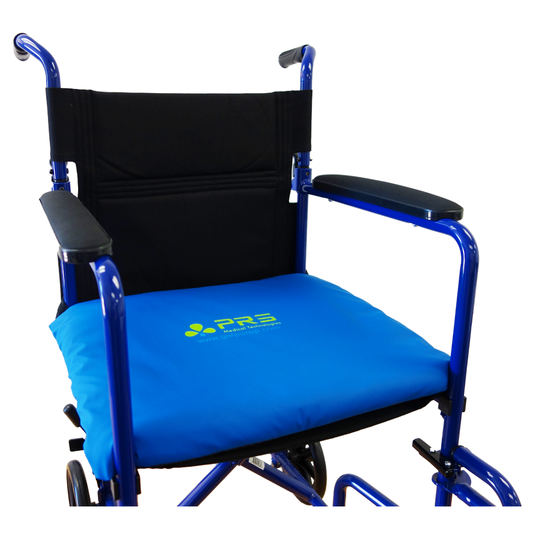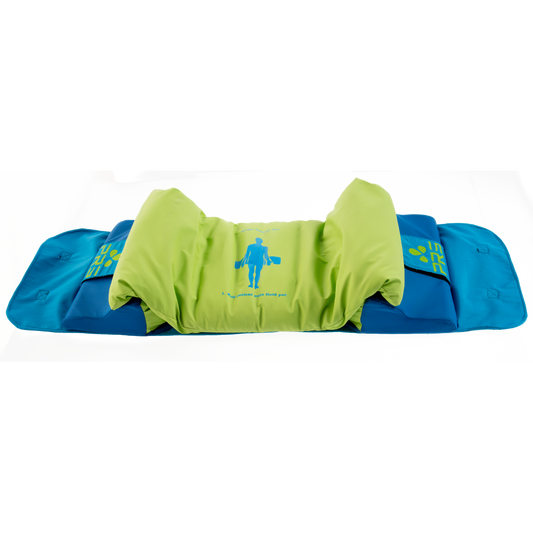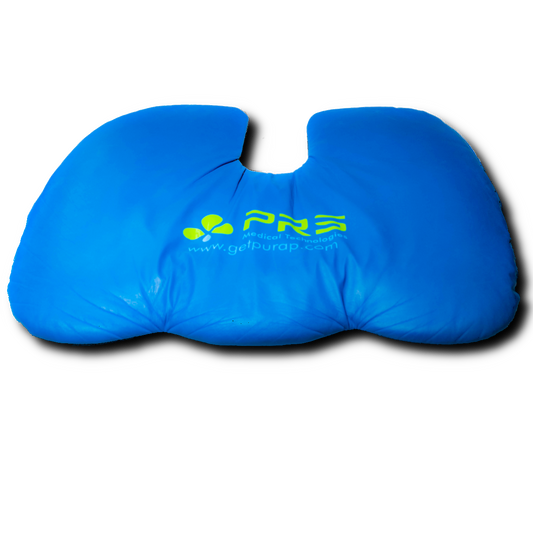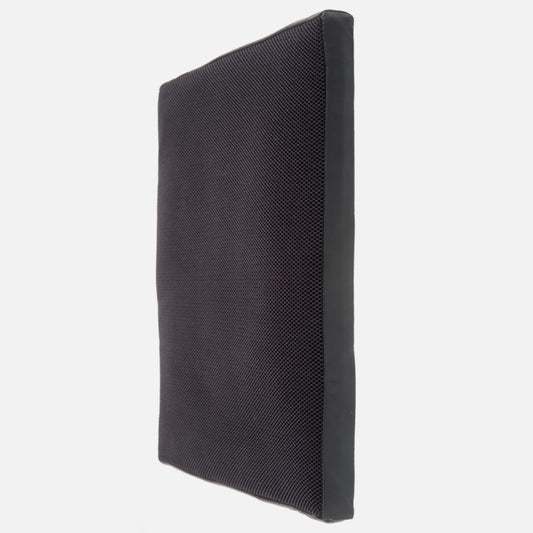What are sores?
Bedsores also known as pressure ulcers, decubitus ulcers or pressure sores, are skin injuries usually over a bony area due to consistently high pressures. For people who are bedridden or have limited mobility, they most commonly occur around the buttocks and sacrum area, but can also occur on heels, elbows, etc.
High skin interface pressure ("pressure points") is one of the main causes of pressure sores. High pressure on tissue at a bony area restricts blood flow to that area that may lead to the ‘death’ of the tissue.
-

Pressure sores affect more than 3 million people annually in the US alone.
-

About 60,000 people lose their lives due to complications from pressure sores.
-

Sores can start developing in as little as 4 hours but may take weeks or even months to heal, depending on their stage.
Who is at risk of developing sores?
Due to their prolonged sitting or resting in one position, and limited ability to switch positions easily, the following people are at high risk of developing sores:
- Wheelchair users
- Those who use mobility scooter, lift chairs, and medical recliners
- Bedridden patients
- Those in post-op care
- Those on dialysis, chemotherapy, etc
- The elderly
What happens if sores aren't treated soon?
When sores are not properly taken care of, they can quickly progress from stage 1 to stage 4. Open sores (stage 2 and above) may easily get severely infected and may lead to sepsis.
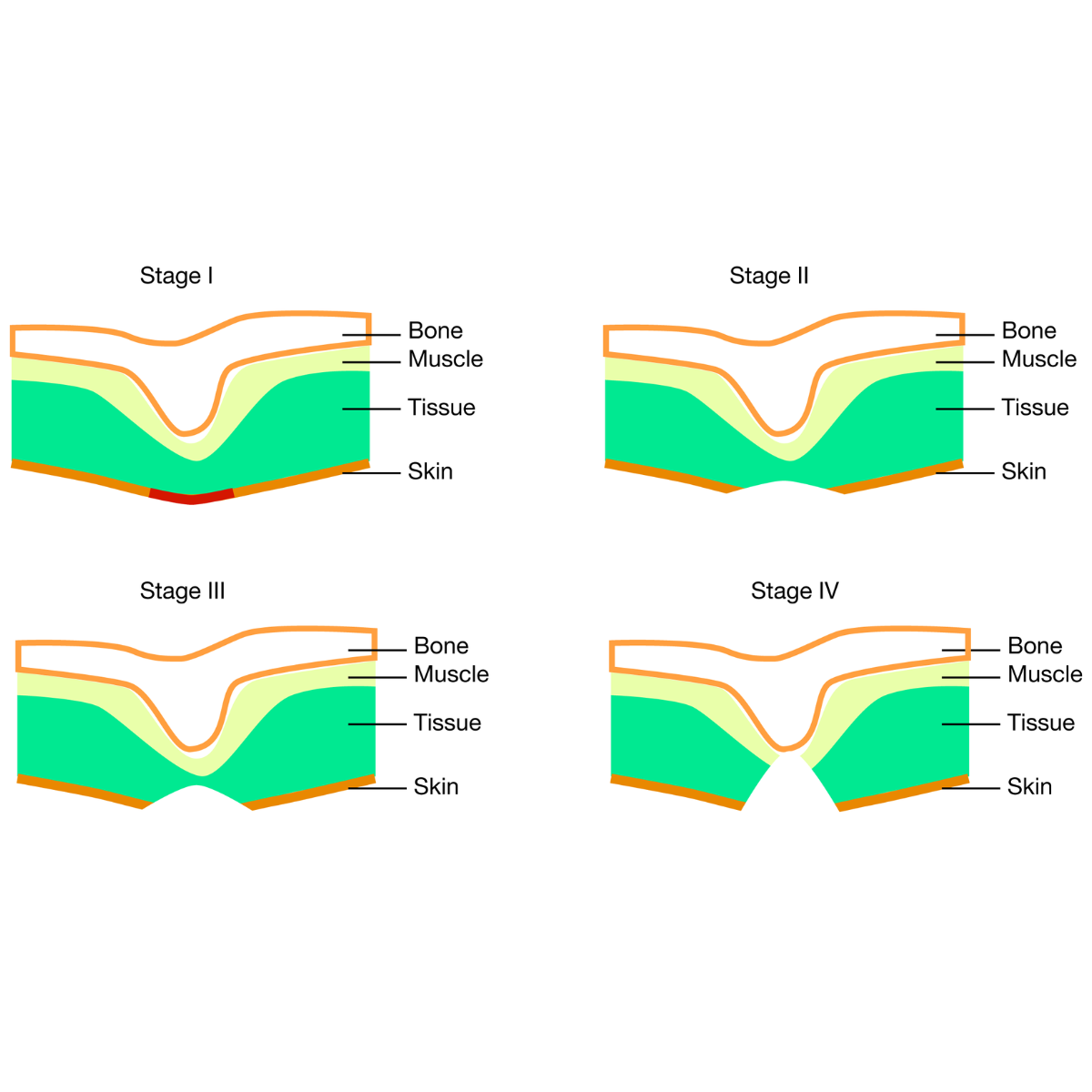
Stages of Sores
- Stage I: Skin redness, usually over a bony area, that stays red, even after touched.
- Stage II: Some skin loss. Looks like a start of a shallow, red or pink wound.
- Stage III: Tissue loss. Open wound where fat may be visible but no bone or muscle is seen.
- Stage IV: Tissue loss. Open wound with visible bone or muscle.
What to do if someone develops bedsores?
- Alert your doctor or healthcare professional immediately.
- Do not hope that sores will simply "go away" and do not rely on just home remedies.
- Keep a daily record of progression of sores.
- Medical treatment may include regular position changes, dressings, and, in severe cases, surgery.
- All options should include a mechanism to reduce pressure on the affected area so that sores don’t worsen and new sores don’t form. Otherwise, sores will keep healing and then recurring.

Our technology helps prevent & heal sores
PURAP uses our proprietary and patented fluid 3D Flotation technology. It uses 3 layers, including a unique fluid layer, to dissipate pressure away from the body towards the edges of the cushion. It has been tested at Stanford Medical Hospital.
Read about our technology or see our products below.
Our Products
-
PURAP Liquid & Air Layer Wheelchair Cushion for Pressure Relief & Bedsore Prevention – 18 x 20 x 1.5 inches
Regular price From $ 149.98 USDRegular priceUnit price per$ 155.98 USDSale price From $ 149.98 USDSale -
PURAP Pressure Relief Mattress System for Bedsore Prevention and Treatment
Regular price $ 399.98 USDRegular priceUnit price per -
PURAP U-Float Zero-Gravity Cushion for Long Sitting and Driving – Pressure Relief for Tailbone, Coccyx, Sciatica
Regular price $ 91.99 USDRegular priceUnit price per$ 124.99 USDSale price $ 91.99 USDSale -
PURAP Wheelchair Lumbar and Back Cushion with Pressure Relief Fluid 3D Flotation Technology
Regular price $ 105.00 USDRegular priceUnit price per$ 105.00 USDSale price $ 105.00 USD




